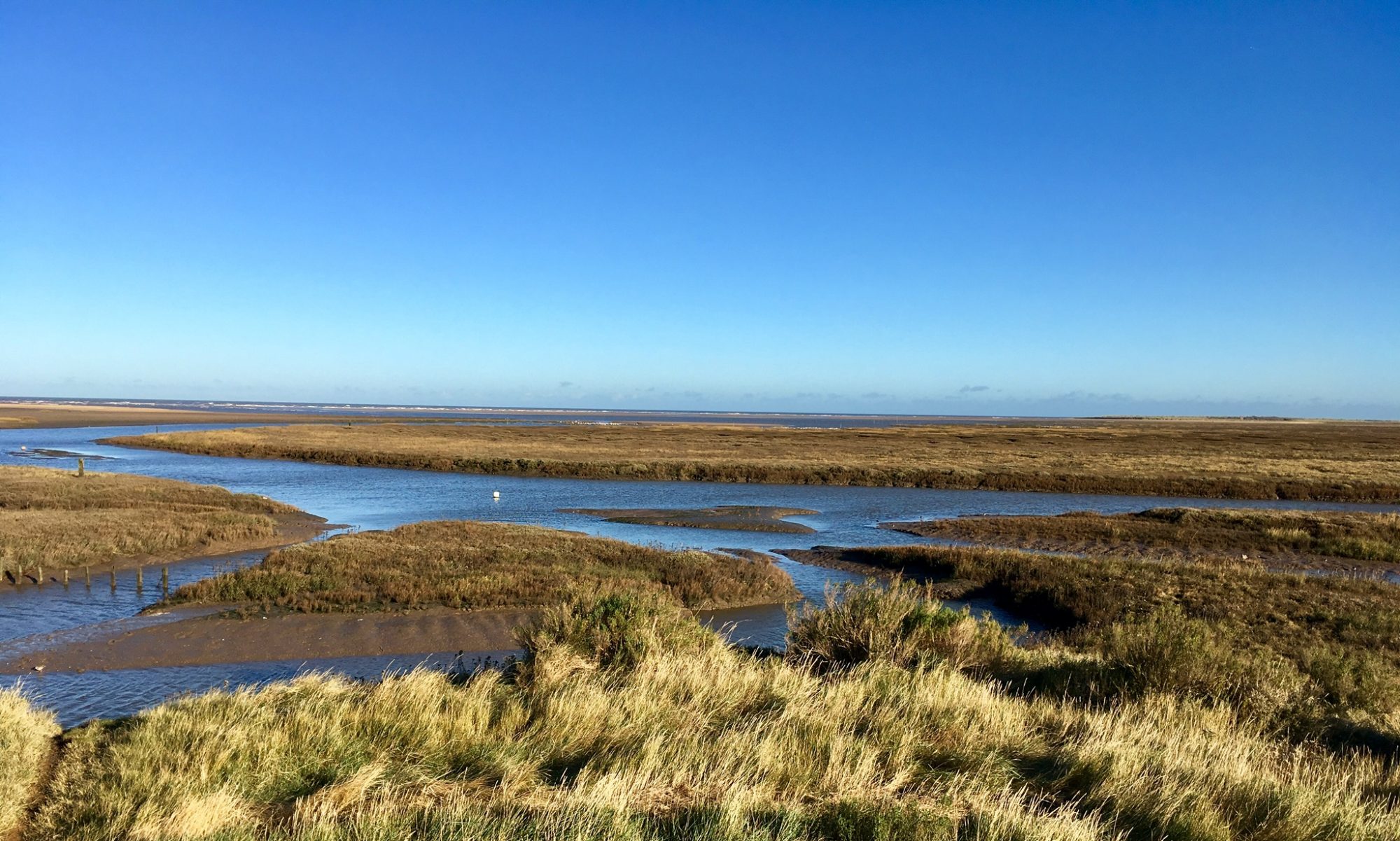Is it the weekend yet?
I like gin and so was delighted to have the opportunity to visit Plymouth Gin on a recent visit to Devon. I discovered everything I ever wanted to know about gin.

A visit to Plymouth Gin Distillery
The cost of a tour of Plymouth Gin http://plymouthgin.com/ is £7 (no concessions) and it is worth every penny. There were about 18 others on the tour too. We were asked to lock away our bags and cameras and switch off our phones. A strict ‘no photography allowed’ policy is observed. Which is a shame, I would like to have iincluded an image or two of a Victorian copper vat or perhaps a few ‘botanicals’.
Good value
The tour lasts for forty minutes and is finished off in the bar with either a complimentary gin and tonic or a miniature gin or sloe gin to take away with you.
The oldest distillery in England
Plymouth Gin has been on the Barbican near the famous harbour since 1793. Parts of the building date back to the 1400s when it was a monastery inhabited by the Black Friars… and their distillery – it is now the oldest working gin distillery in England.

A link with the Pilgrim Fathers
Plymouth is renowned for its associations with the navy. One of its most famous sons being Sir Francis Drake. It was also the last port of call for the Pilgrim Fathers before they set sail for the New World in 1620 https://www.mayflower400uk.org/visit/scrooby-babworth/notts-attractions/mayflower-pilgrim-visitor-centre/. A wooden plaque in the upstairs cocktail bar lists some of those who boarded the Mayflower on their way to lay down the foundations of what we know today as the United States of America. An image of the Mayflower, the ship on which the Pilgrims departed these shores, is on every bottle of Plymouth Gin.

Dutch origins
From its earliest origins in the Middle Ages, gin has developed from a herbal remedy to a major player in the spirit industry. Gin was based on the Dutch drink known as jenever. It became popular in Britain when William of Orange became King William III of England. English soldiers who fought in Holland in the 17th century, drank jenever to calm themselves before battle. It soon became known as ‘Dutch Courage’ which we know today as drinking alcohol in order to steady the nerves.
Mother’s ruin
Gin was also known as ‘Mother’s Ruin’. In the mid eighteenth century the effects of gin on the family and economy were disastrous. Gin was the poor man’s drink because of its affordability. Drinking it had started out as a medicine but as it was cheap and readily available, men became impotent and women became sterile. This caused the London birth rate to drop. Also, drinking a pint of gin and having an extremely hot bath was recommended as a way to induce a miscarriage during the 1950s and 60s.
Botanicals
Botanicals are the core flavouring agents for gin. They can be roots, fruits, herbs or spices. The botanicals used vary but all must contain juniper berries by law.
Juniper
Juniper is the most important botanical in gin. In the 16th century it was used as a remedy for indigestion. The juniper is a hardy bush and grows wild all around the globe. And it is juniper that gives gin its pine aroma and bitter(ish) taste.
Coriander
When dried the essential oils obtained from coriander seeds provide an unexpected citrus top note to gin.
Cardamom
Cardamom is one of the world’s most expensive spices. It is from the ginger family and is often found in the rice portion of your Indian takeaway. Not much cardamom is needed. It can provide gin with a distinctive, spicy flavour that works with juniper and coriander.
Orris root
Orris root is from the rhizomes of the Iris plant and has a faint, sweet aroma. If you are old enough to remember Parma Violet, then it is very similar to that. However, it is not used for its scent but for it’s fixative powers.
Angelica root
Angelica root, which we know as the crystallised green streams used in cake-decorating and trifles, adds another earthy note to the gin and marries the other botanical ingredients together.
Citrus peels
The oil derived from lemon and orange peels is used as flavouring in gin. Different brands of gin use varying blends of botanicals which gives them their individuality.
Wheat-based alcohol
The alcohol that carries the botanicals in Plymouth Gin is wheat-based and comes from Yorkshire.
Exit through the shop
Three types of gin are on sale in the shop at the end of the tour: Regular Plymouth Gin is 41% and is generally used for a standard gin and tonic. (Tonic water originally contained quinine which was used to protect against malaria in the tropics. The gin was added to disguise the bitter taste of the quinine).
And Navy Strength
Navy Strength Plymouth Gin which is 57%. It seems that ordinary strength gin – if leaked onto the gunpowder on board ship – would render the gunpowder useless. But they found that the higher proof gin, if accidentally spilled onto gunpowder, would enhance the properties of the powder. And so Navy Strength was provided for officers of the Royal Navy, which they drank with water. Ratings, however were still issued with their rum ration.

And Sloe Gin
Sloes are harvested locally from Dartmoor. They are stored in sugar and gin for four months to make a delightful, slightly almond-flavoured liquer. It goes well with Stilton as an alternative to port.
Copa Balloon Glass
I also purchased a Copa glass. This is the type of balloon glass that has a stem, a bit like a red wine glass. The Copa de Balon glass dates back to the 1700s – so not as modern as I imagined.

Cocktails
A Gimlet is gin mixed with lime cordial. Again, this has its roots in the Royal Navy, the lime provided the vitamin C and is where English sailors got their name ‘Limeys’ (from the Yankees).
A Pink Gin is again thought to have originated from the Royal Navy. Plymouth gin is a ‘sweet’ gin, as opposed to London gin which is ‘dry’, and had angostura bitters added as an antidote for sea sickness.
A typical pink gin is one part gin and one dash of angostura bitters.

So there you have it, everything you ever wanted to know about gin. Drink anyone?






